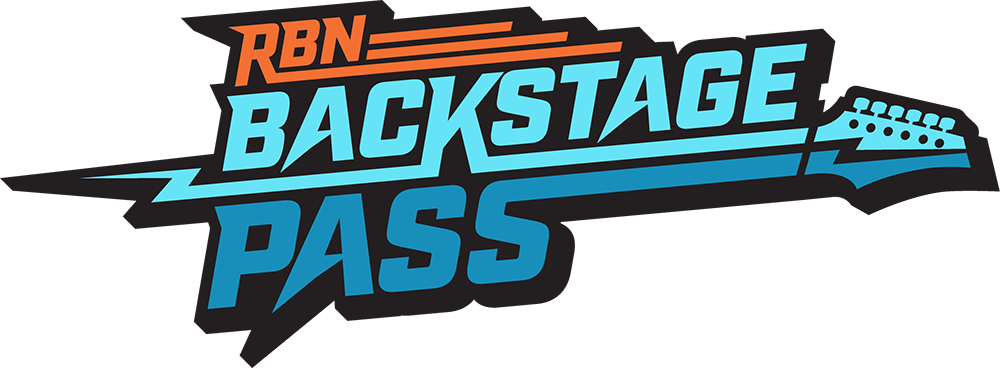Prior to the adoption of the assembly line, automotive production was slow and expensive, with Ford needing about 12 man hours of labor to do the final assembly for each new car. With Henry Ford’s installation of the first moving assembly line for mass production in December 1913, followed by additional refinements in future years, the average time dropped to about 90 minutes, with manufacturing costs also falling significantly. Those are the types of improvements in cost and efficiency the carbon-capture industry — which to date has been largely limited to smaller, individual projects — is anticipating as hub-style projects gain wider acceptance and begin to take shape. In today’s RBN blog, we look at the two basic concepts for carbon-capture hubs, the key advantages of the hub approach, and the complications inherent in that strategy.
Awareness of carbon capture has been growing significantly in the last few years, with carbon capture and sequestration (CCS) emerging as a major factor in global plans to reach net-zero carbon emissions by 2050. We’ve written extensively about carbon capture (see our Way Down in the Hole series), looking at everything from the basics of the 45Q tax credit and Class VI wells for permanent sequestration to large-scale plans to capture emissions from industrial sources and the key hurdles to wider deployment of CCS technology.
A key element in President Biden’s 2020 campaign was a promise to reduce the use of fossil fuels and greenhouse gas (GHG) emissions and promote the development of a clean energy industry. There have been two major pieces of related legislation passed by Congress during the Biden administration, with provisions designed to advance the development of carbon-capture projects in each. Most recently, the Inflation Reduction Act (IRA) was signed into law August 16; it includes a host of clean-energy priorities (see Name Game) but its biggest impact may be on carbon capture, starting with the critical 45Q tax credit. The credit jumps to $85 per metric ton (MT) for CCS and $60/MT for carbon capture use and sequestration (CCUS), which includes enhanced oil recovery (EOR). (The higher rates also come with prevailing-wage and apprenticeship requirements, which need to be met during construction and each year of the 12-year credit period.) Direct air capture (DAC), which is currently eligible for credits at the CCS and CCUS rates, gets the biggest boost from the IRA, rising to $180/MT for CCS and $130/MT for CCUS. (Again, the prevailing-wage and apprenticeship requirements also apply.)
Join Backstage Pass to Read Full Article








